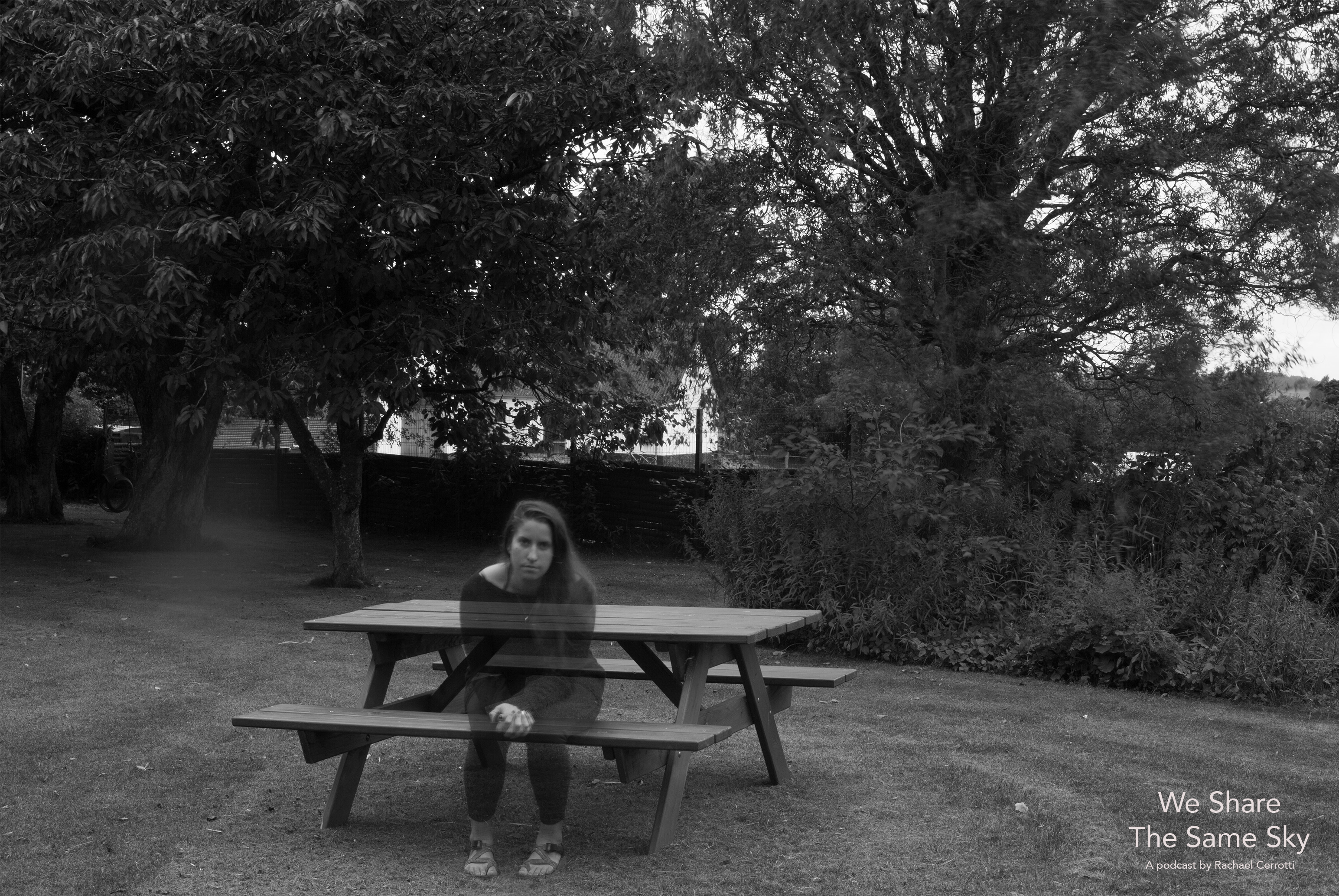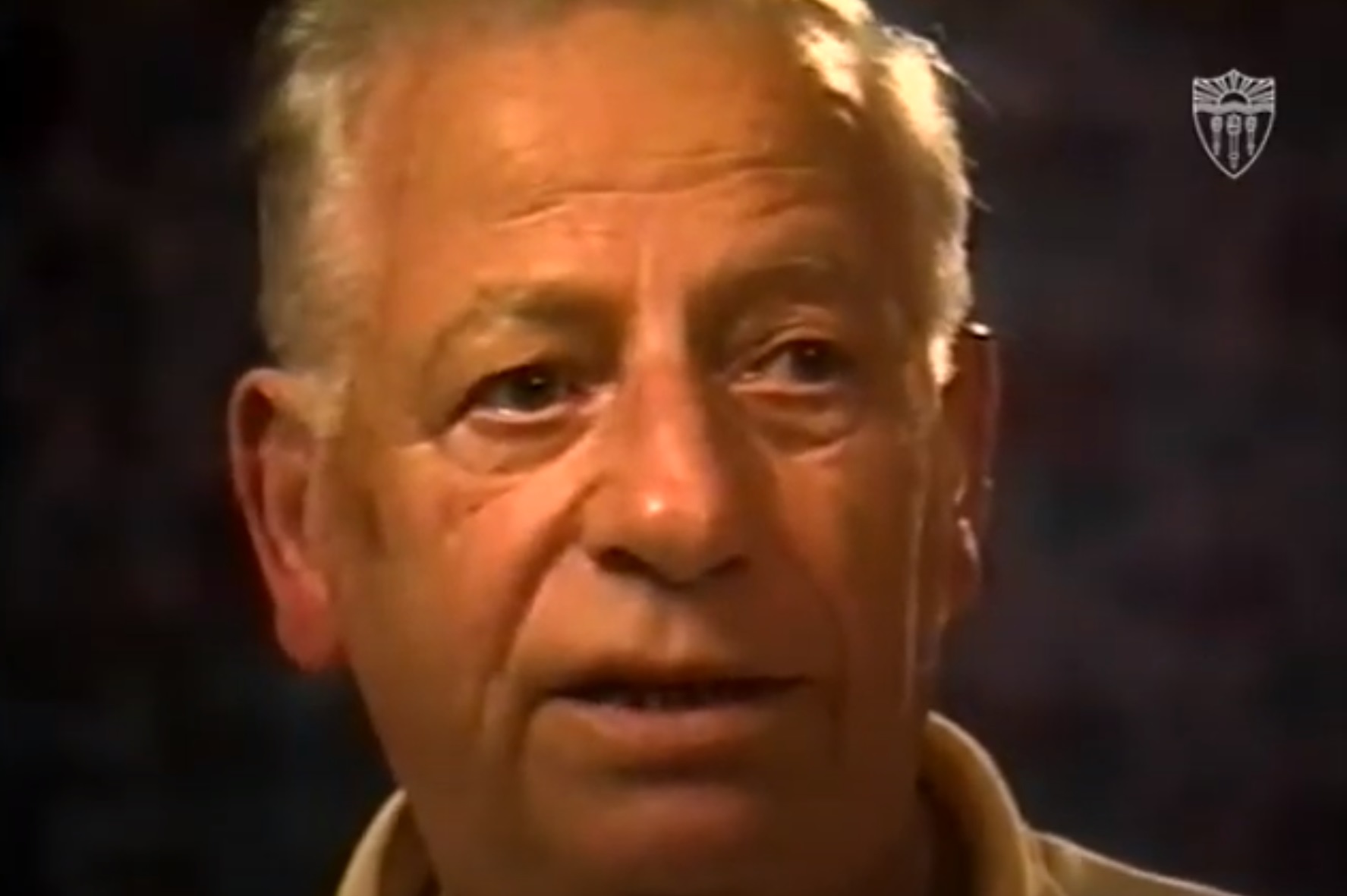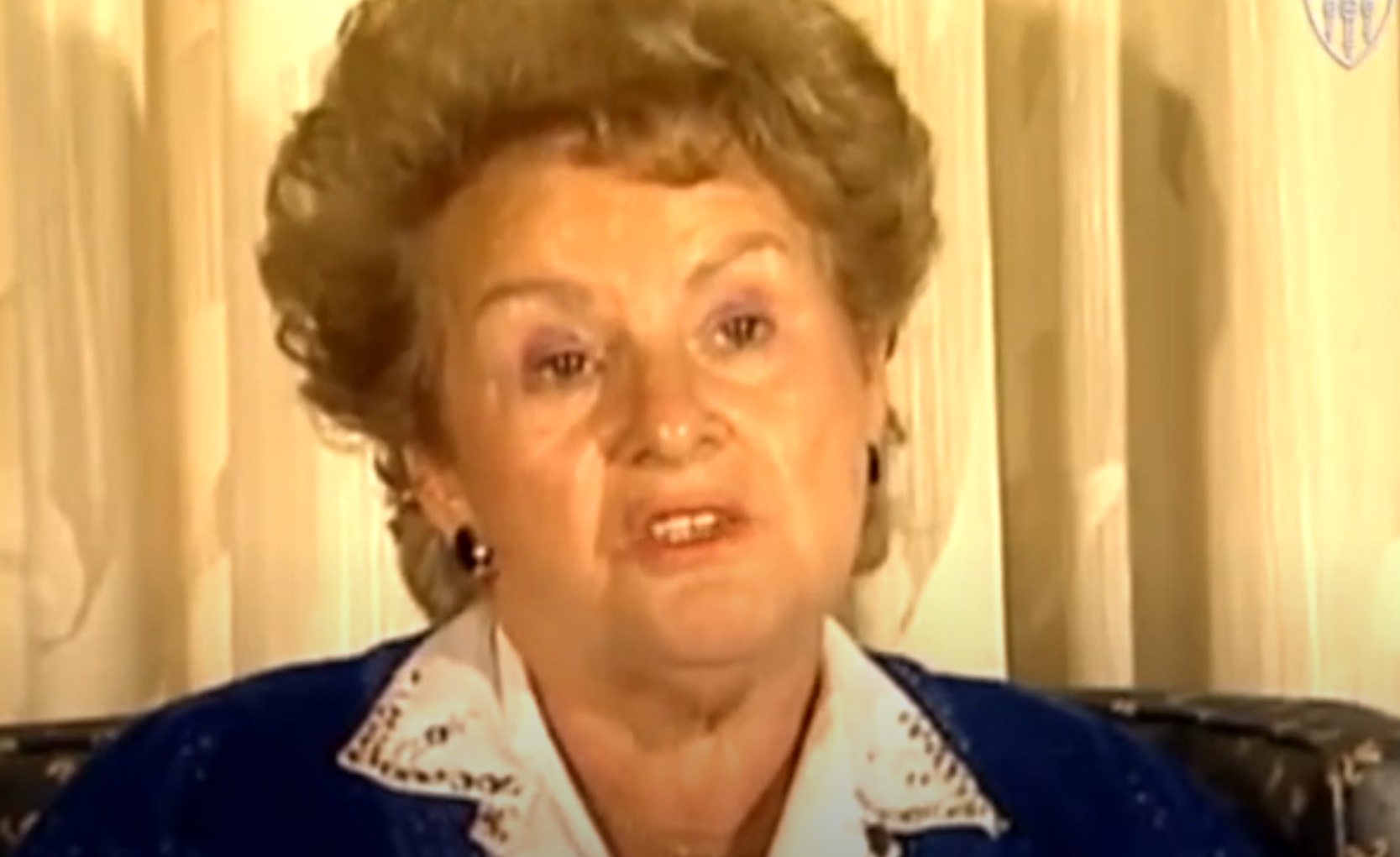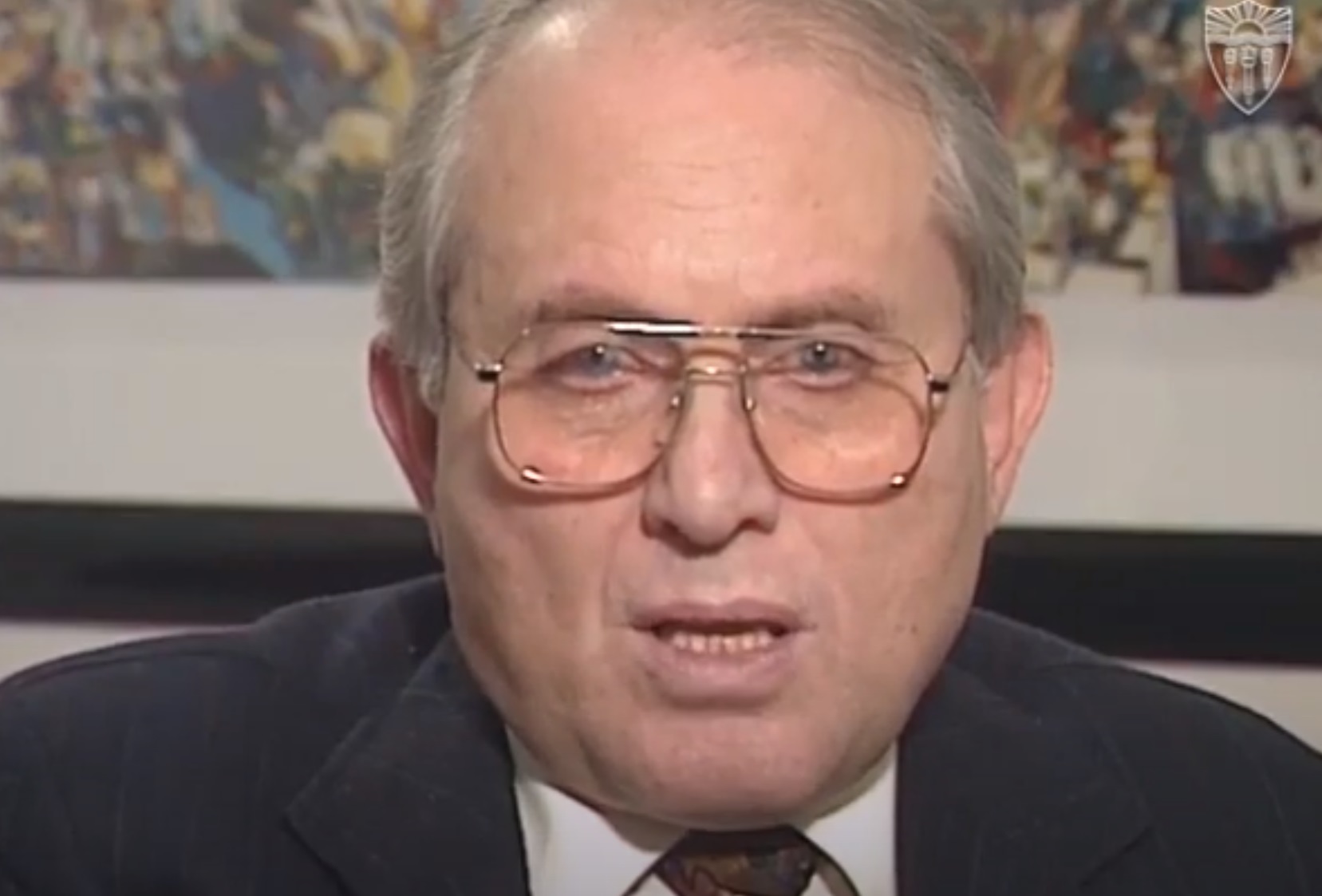- Step-by-step procedures
- Estimated completion time
- Resources labeled by icons






 direct teachers to the piece of content named in the procedures
direct teachers to the piece of content named in the procedures - Print-ready pages as indicated by
 are available as PDFs for download
are available as PDFs for download  located above “KEY WORDS” to access student handouts and vocabulary in Spanish
located above “KEY WORDS” to access student handouts and vocabulary in Spanish- Subtitles/CC [ found in
 ] available in Spanish and English for testimonies
] available in Spanish and English for testimonies

In honor of Universal Pictures’ rerelease of Schindler’s List, Echoes & Reflections has created a short, classroom-ready Companion Resource, that will help educators to provide important historical background and context to the film, as well as explore powerful true stories of rescue, survival, and resilience with their students.
Additionally, the following videos, recorded at Yad Vashem, feature Schindler survivors who speak of the impact Oskar Schindler had on their lives.
EVA LAVI TESTIMONY
NAHUM & GENIA MANOR
The posters feature the powerful words and experiences of Holocaust survivor and memoirist Elie Wiesel, Holocaust survivor Kurt Messerschmidt, and Anne Frank rescuer, Miep Gies. Each poster promotes meaningful conversation and reflection in the classroom, whether in person or in a virtual setting, and inspires students with powerful human stories of the Holocaust that can continue to guide agency and action as a result of studying this topic.
To support you in these efforts, we have also compiled several suggested classroom activities from teachers in our network that may be of use and interest.

Please fill out the form below to access and download your PDF posters.

USC Shoah Foundation’s first podcast, We Share The Same Sky, seeks to brings the past into present through a granddaughter’s decade-long journey to retrace her grandmother’s story of survival. We Share The Same Sky tells the two stories of these women—the grandmother, Hana, a refugee who remained one step ahead of the Nazis at every turn, and the granddaughter, Rachael, on a search to retrace her grandmother’s history.

A self-portrait of Rachael while she is living on a Danish farm that is owned by the granddaughter of Hana’s foster mother from World War II. Photo by Rachael Cerrotti, 2017
In order to enhance its classroom use, USC Shoah Foundation and Echoes & Reflections have created a Companion Educational Resource to support teachers as they introduce the podcast to their students. This document provides essential questions for students, as well as additional resources and content to help build context and framing for students’ understanding of the historical events addressed in the podcast.
Access to the podcast, as well as additional supporting materials—including IWitness student activities, academic standards alignment, and general strategies for teaching with podcasts—can all be found at the We Share The Same Sky page in IWitness.
Note: Due to the subject nature, the podcast is appropriate for older students, grades 10-12. As always, teachers should review the content fully in advance to determine its appropriateness for their student population.


After many years of research and digitizing the archive her grandmother left behind, Rachael set out to retrace her grandmother’s 17 years of statelessness. Her intention was to travel via the same modes of transportation and to live similar style lives as to what her grandmother did during the war and in the years after. That meant that when she got to Denmark, she moved to a farm. Rachael moved in with the granddaughter of her grandmother’s foster mother from World War II and traded her labor for room and board as Hana once did. This picture is from that first visit in the winter of 2015. Since this time, Rachael has spent many more months living on this farm. It is owned by Sine Christiansen and her family. Sine is the granddaughter of Jensine, one Hana’s foster mother from World War II. Photo by Rachael Cerrotti, 2015

A self portrait of Rachael overlooking the exact spot in Southern Sweden where her grandmother’s refugee boat came to shore in 1943. Photo by Rachael Cerrotti, 2016



 English
English Español
Español
–LEON BASS, LIBERATOR
Below is information to keep in mind when teaching the content in this unit. This material is intended to help teachers consider the complexities of teaching about the Holocaust and to deliver accurate and sensitive instruction.
|
|
This unit introduces students to the Holocaust by providing a vocabulary for studying the Holocaust and establishing a rationale for the importance of learning about instances of mass atrocity and genocide. Students explore the value of examining different types of source material when studying the Holocaust, with a special emphasis on visual history testimony. Before delving into the Nazi era in subsequent units, students spend time exploring prewar Jewish life in order to appreciate the rich diversity of the Jewish world. Students consider who the Jews of Europe were before persecution by the Nazis, and the commonalities they share with young people from different times and places.
- Why do we study the Holocaust and instances of mass atrocity and genocide?
- What sources of information can provide a balanced and accurate understanding of the Holocaust?
- Who were the Jews of Europe before they were persecuted, and why is it important to understand their lives prior to the devastation of the Holocaust?
- What were the major trends taking place in Jewish communities before World War II?
- How did antisemitism impact prewar Jewish life?
|
|
ACADEMIC STANDARDS
Academic and SEL Standards View More »
School Library Standards View More »
View More »
View More »
Testimony Reflections View More »
ACADEMIC STANDARDS
Academic and SEL Standards View More »
School Library Standards View More »
View More »
View More »
Reflexiones de los testimonios Ver más »
90 minutes
90 minutes
LESSON 1: Building a Foundation for Studying the Holocaust
In this lesson, students identify what they know and want to learn about the Holocaust, and distinguish between primary and secondary sources of information. They compare different definitions of the Holocaust and begin to develop a vocabulary for discussing this subject matter. Students are introduced to visual history testimony as an important source of learning about the Holocaust, and view testimonies that develop their understanding of why this is a critical topic of study.
| 1 | Students learn that they will embark upon a study of the Holocaust. They are introduced to the Testimony Reflections handout, found at the beginning of this unit, and learn that visual history testimonies of people who survived and bore witness to the Holocaust will be a core aspect of their investigation. |
View More »
View More »
| 2 | Students watch testimony clips from individuals – a Jewish survivor and a liberator – who share their personal reasons for giving testimony and educating about the Holocaust: [L]Roman Kent[/L] and [L]Leon Bass[/L] . As they watch the clips, students take notes on the handout, Testimony Reflections, found in “About this Unit” above, beside “Introduction.” |


View More »


View More »
| 3 | After viewing the testimony clips, students journal and/or participate in a whole group discussion in response to some of the following questions: |
|
|
| 4 | The following prompt is posted on the board: “Roman Kent described the Holocaust as ‘the atrocities which happened…because…the world stood by and did nothing.’ What do you actually know about the Holocaust?” In small groups, students discuss and record (on large chart paper) what they know about the Holocaust, their sources of information, and what they want to learn during their study of the Holocaust. When they are done, groups post their charts and take a brief “gallery walk” in order to see what their classmates have noted. The class discusses any key observations or items that require immediate clarification.

|
View More »
View More »
| 5 | The class discusses the following questions: “How would you categorize the sources listed on the charts? What are the different types of sources?” The distinction between primary and secondary sources is highlighted, using the following definitions as needed:
|
| 6 | Students return to the charts created in step 4 and label the sources they listed as ‘P’ (primary) or ‘S’ (secondary). They note any additional sources they might use in their study of the Holocaust. The class discusses why using primary sources – particularly visual history testimony – to learn about the Holocaust is valuable, and what they can learn from this type of source material that they cannot from a textbook or other secondary source. |
| 7 | In pairs or small groups, students review and discuss the handout, Holocaust Definitions, which includes overviews from three different organizations. They take notes and answer the questions on the handout, Holocaust Definitions: Sorting It Out. As a class, students discuss their observations and responses in order to discover common threads among the definitions and better understand the language used to define the Holocaust. |
Holocaust Definitions View More »
Holocaust Definitions: Sorting It Out View More »
 IWITNESS ACTIVITY
IWITNESS ACTIVITYWhat was the Holocaust?
here »
View More »
Genocide View More »
| 8 | The handout, Genocide, is projected and students read this definition together. The following questions are discussed: |
|
|
| 9 | As a summative task, students identify three reasons why the Holocaust is an important historical topic or time period to study, and write them on individual index cards. They are encouraged to think specifically about the persecution of Jewish people and also make connections to other examples of injustice. Students’ cards can be collected to check for understanding of lesson concepts. |
| 10 | As a follow-up to this lesson, students work in small groups to sort and synthesize the reasons they identified in the summative task until they come up with a manageable list. Their reasons are written on a class chart, which is posted prominently and serves as a rationale for the class’ study of the Holocaust. |
120 minutes
120 minutes
LESSON 2: Prewar Jewish Life
In this lesson, students investigate who the Jews were before they were persecuted in the Holocaust. The centerpiece of the lesson is the profiles of six teenagers from different countries and walks of life, expressed in their own words through diary entries and other primary and secondary source material. This glimpse into their worlds allows students to see them as individuals, creating empathy and deepening understanding of the diversity of prewar Jewish life. Supplemental videos and texts provide additional information.
| 1 | To begin the lesson, students think about one photo of themselves, or one physical “artifact” they have – a trophy, a locket, a drawing – that best represents them. They complete a journal entry or free-write in response to the following prompts, making sure to incorporate a discussion of the photo or artifact: |
|
|
OPTION: Prior to this lesson, students are assigned to bring in a photo or artifact representing their identity. The physical object can be used to inspire the free-write and can be shared with classmates.
| 2 | Students watch the Yad Vashem video, Glimpses of Jewish Life Before the Holocaust. As they watch the clip, students reflect on what they imagined prewar Jewish life was like. After viewing the clip, students participate in a whole group discussion in response to some of the following questions: |
|
|
| 3 | In small groups, students are assigned to read and discuss one profile of a teenager who lived before the Holocaust. Groups are provided with copies of their assigned profile from the handout, Profiles of Teenagers in Prewar Europe, or given access online. The map, Jewish Communities in Europe Before the Nazis Rise to Power, is either distributed or projected.
|
Profiles of Teenagers in Prewar Europe View more »
View more »
About Jews and Judaism View more »
Reflections on Teenagers in Prewar Europe View more »
View more »
Perfiles de adolescentes en la Europa antes de la guerra Ver más »
Ver más »
Acerca de los judíos y del judaísmo Ver más »
Reflexiones sobre los adolescentes en la Europa de preguerra Ver más »
View more »
| 4 | Groups receive copies of the graphic organizer, Reflections on Teenagers in Prewar Europe. Together they add notes and reflections to the handout as they review the profile and map. When they have completed their notetaking, groups choose one sentence from the profile that was particularly meaningful to them and record it on the handout. 
|
| 5 | When students have completed their analysis, they form new groups that contain a mix of students who have focused on different profiles. On the map of prewar Jewish communities, students indicate where their subject lived with a pin or a sticker. They then share highlights from their notes and other significant thoughts and ideas. In their groups or as a whole class, students discuss some of the following questions: |
|
|
| 6 | Students return to their original groups. Groups receive copies or online access to the handout, Epilogues. They read the epilogue for the teenager whose profile they reviewed earlier, and learn their fate. |
| 7 | Students process and share their feelings about the fate of the teenagers in the profiles by discussing some of the following questions: |
|
|
| 8 | Individually or in pairs, students read the handout, A Picture of Jewish Life in Europe Before WWII, containing information about the diversity of Jewish life and trends that swept the prewar Jewish world. Students annotate the handout with their thoughts and questions. |
| 9 | As a class, students report back on their findings regarding prewar Jewish life in Europe. They discuss some of the following questions, citing evidence from the text to support their responses: |
|
|
| 10 | As a class or in their small groups from Part I, students watch testimony clips of at least three Jewish survivors of the Holocaust, who discuss their prewar life in Europe: [L]Penina Bowman[/L], [L]Bernard Broclawski[/L], [L]Ivan Deutsch[/L], [L]Regina Eisenstein[/L], [L]Vera Gissing[/L], and [L]Pinchas Gutter[/L]. As they watch the clips, students take notes on the handout, Testimony Reflections, found at the beginning of this unit. |
View more »






View more »






OPTION: As time allows, students view all of the above testimonies in small groups or as a whole class in order to deepen their understanding of prewar Jewish life.
| 11 | After viewing the testimony clips, students journal and/or participate in a whole group discussion in response to some of the following questions: |
|
|
| 12 | As a summative task, students write a brief response to the quotation below using the following prompt to guide their work: |
It has been said that “To understand the tragedy of the Holocaust, we must first understand what we lost.” Consider what you have learned about the experiences of Jews in the period before World War II and write a paragraph responding to this quote. Support your response with at least three specific facts from the profiles, testimonies, or handouts that serve as evidence for your ideas.
The ideas below are offered as ways to extend the lessons in this unit and make connections to related historical events, current issues, and students’ own experiences. These topics can be integrated directly into Echoes & Reflections lessons, used as stand-alone teaching ideas, or investigated by students engaged in project-based learning.
| 1 | The life story of Holocaust survivor Pinchas Gutter provides many insights into what Jewish life was like in Poland prior to the Nazi invasion on September 1, 1939. Using the Dimensions in Testimony interactive technology, students can learn more about Pinchas and Jewish life in Lodz by conducting their own interview with Pinchas in the Echoes & Reflections-created IWitness activity, Prewar Jewish Life: The Story of Pinchas Gutter. |
| 2 | Leon Bass served in a segregated military unit in World War II. He and thousands of other Black Americans faced racism and discrimination at home even as they fought for freedom in Europe. The Langston Hughes poem, “Beaumont to Detroit: 1943,” explores this contradiction by setting Nazi persecution abroad against race riots that took place in Beaumont, Texas and Detroit, Michigan in 1943. Read the poem and write an essay in which you explore some of the following questions:
|
| 3 | This unit uses diaries and autobiographies to explore the worlds of Jewish teenagers and their fates. Another way to investigate the prewar world is through the use of artifacts. Refer to Yad Vashem’s online exhibition “Don’t Forget Me: Children’s Albums from the Holocaust” for some of these artifacts. In particular, Lydia Hönig’s autograph book gives a glimpse into the prewar life of this girl who lived in Novi Sad, Yugoslavia. After studying Lydia’s autograph book, answer these questions: What does Lydia’s autograph book tell you about her? What do her photos tell you about the type of life she lived before WWII? |
| 4 | The start of WWII marked the end of an era for Jews, and the almost complete destruction of the Jewish way of life in small towns or shtetls, such as the one in which Esther lived. Research shtetl life and write a reflection in which you discuss why it is important to study these communities that no longer exist, and what they tell us about the people who lived in them and their way of life. |
| 5 | This lesson references languages spoken by the Jews before the Holocaust, including Yiddish, Esperanto, Hebrew, and the local languages of the countries Jews lived in. Research the role of Yiddish, Esperanto, or Hebrew in Jewish prewar culture. Prepare a short dictionary that includes a brief history of the language, how the language is still used today, and some key phrases that you can teach to your classmates. |
| 6 | The biography of Victor “Young” Perez introduces us to the notion of Jewish sports organizations. Research the Maccabi World Union and the Maccabiah to understand the role that these sports clubs played in the lives of Jews in different places. In addition, refer to Yad Vashem’s exhibition, Jews and Sport before the Holocaust: A Visual Retrospective. Choose one athlete or one sport that interests you. Prepare and share an oral or multimedia report on your findings. |
| 7 | The autobiography of Jakub introduces us to the concept of youth movements. Research the rise of youth movements in 19th century Europe, and the different Jewish youth movements that sprang up. Refer to Yad Vashem’s description of some of these movements, as well as its exhibits on youth movements in the cities of Vilna and Mir. Prepare and share an oral or multimedia report on the role youth movements played in the lives of Jews in various cities in Europe. |
| 8 | YIVO’s Beba Epstein: The Extraordinary Life of an Ordinary Girl explores East European Jewish life in the 20th and 21st centuries through the true story of Beba as a teenage girl. It is an excellent educational resource to learn about the Jewish experience in Eastern Europe pre-World War 2, the Holocaust and post war America: https://museum.yivo.org/. |
British Mandate/British Mandatory Palestinecollaboratorconcentration campEuropean JewrygenocideHasidHolocaustJehovah's Witness
ShtetlSintisurvivorTorahUnited Nations (UN)visual history testimonyYiddishZionism/anti-Zionism






